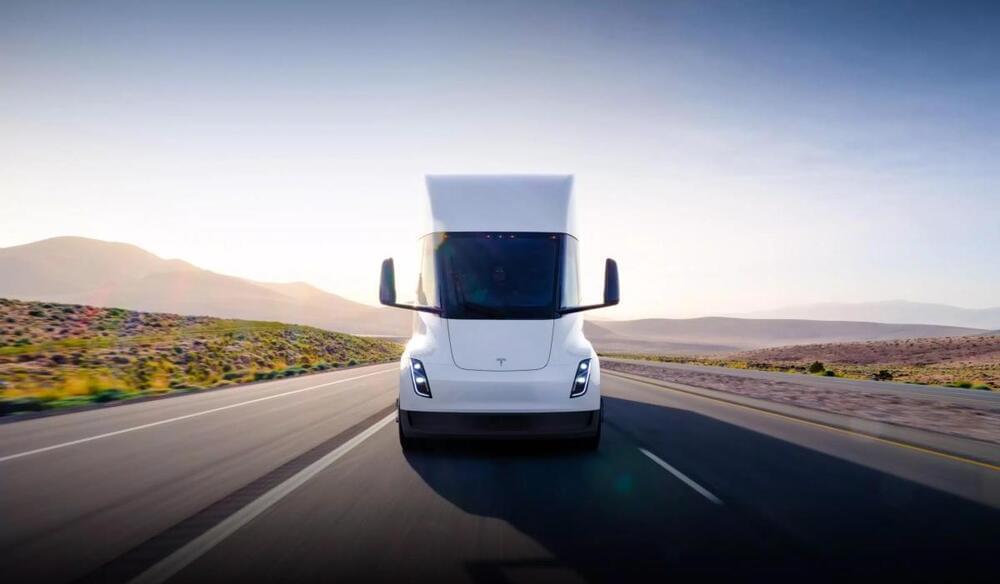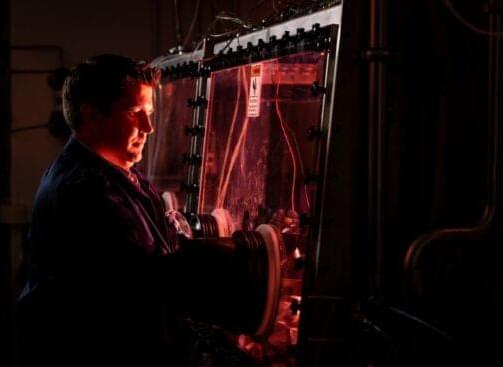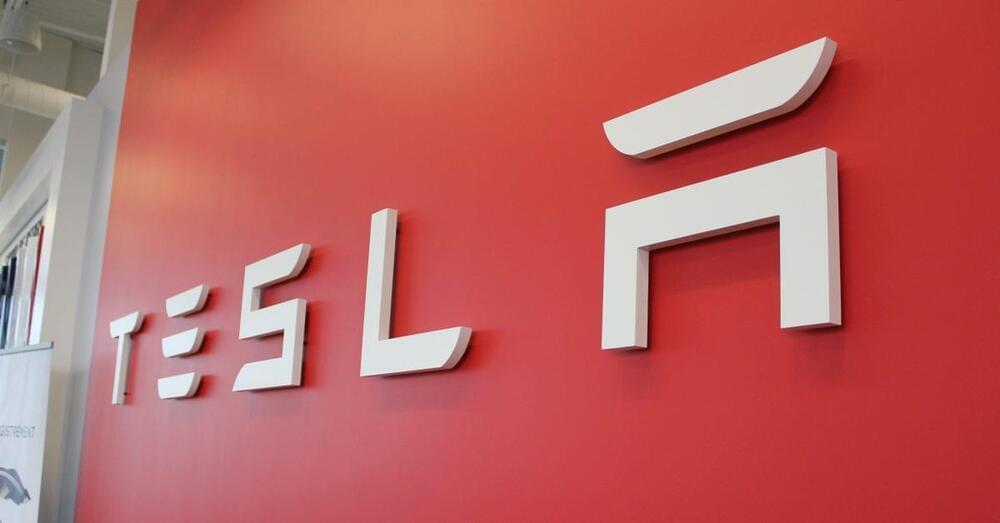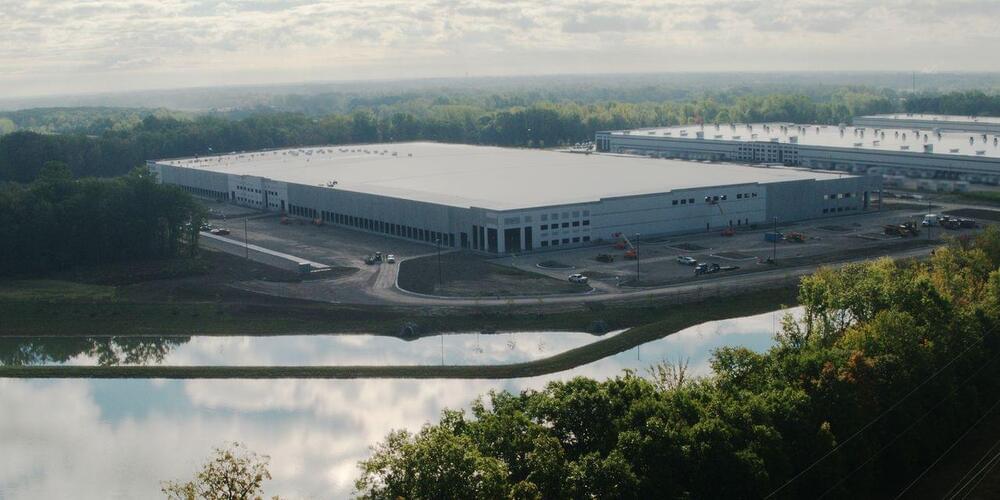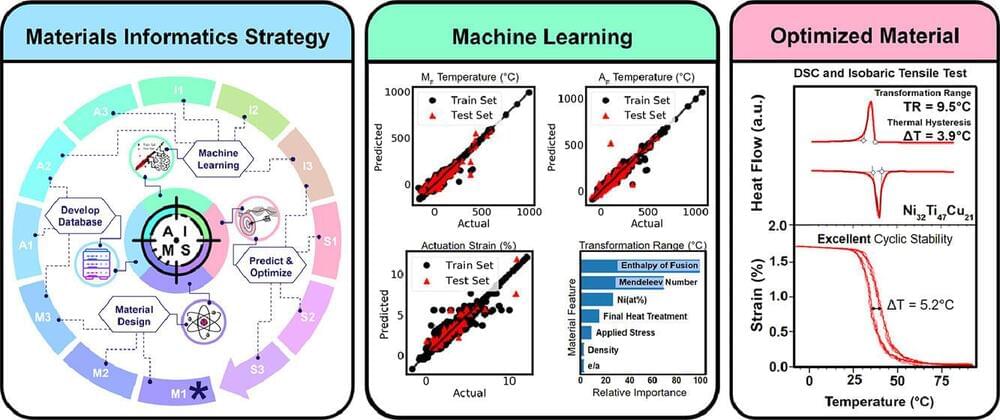CEO Elon Musk unveiled two prototypes of the Tesla robot at his company’s second annual AI Day — and while the bots are nowhere near as impressive as some of the humanoids we’ve seen before, they could have a bigger impact on the future of work.
The Tesla robot: In 2021, Tesla held its first AI Day, a livestreamed event to present its latest developments in AI hardware and software, with a focus on Tesla cars’ Autopilot system.
Near the end of the event, Tesla presented a short video of a sleek, humanoid robot — and then a person dressed like the robot walked onto the stage and broke into dance.

